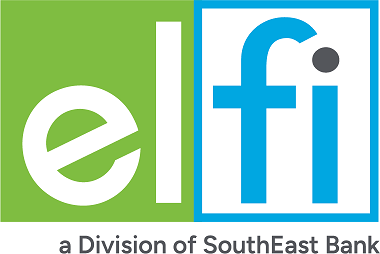***The 2023-2024 FAFSA will be the last FAFSA application to calculate an expected family contribution, EFC. Staring with the 2024-2025 FAFSA, the information provided will be used to calculate the student's SAI, student aid index. The 2025-2026 FAFSA will also be using SAI to determine financial need.***
When families review financial aid award letters,the term "expected family contribution" (EFC) can often cause confusion. The EFC is a calculated value based on a formula that evaluates a family’s income, assets, and benefits. This information comes from the details provided on the Free Application for Federal Student Aid aka, the FAFSA®. Schools use this number to determine your financial aid package, but it only applies to need-based financial aid.
Cost of Attendance and Determining Financial Aid
The expected family contribution is important when determining just how much financial aid is needed. However, before the amount of financial aid can be determined, the cost of attendance for your school must first be evaluated to fully understand how much money is needed. The cost of attendance (COA) considers tuition and fees, room and board as well as books and supplies and other applicable expenses. The COA is determined by your school for your specific program and enrollment.
Need-based financial aid is determined by subtracting the EFC from the COA determines your financial need at that school. While many families believe that the EFC is the amount you are required to pay for college, that isn’t quite true. You aren’t required to pay the EFC out of pocket, you can use different types of financial aid like loans and private scholarships. In addition, there is no guaranty that your prospective school will offer you financial aid funds up to your EFC, meaning, you may owe the school more than your calculated EFC.
Federal vs. Institutional Methodology for Calculating Expected Family Contribution
All students, regardless of financial status, are recommended to complete the FAFSA. This form is provided by the federal government and is used to determine federal financial aid eligibility for students.
The FAFSA uses a formula called the Federal Methodology. This formula is determined by law and takes all the family and student financial information provided to calculate “need-based” awards. These need-based awards can include federal grants and subsidized student loans among others. The FAFSA EFC is the primary source for determining federal financial aid.
While some schools use the FAFSA as a basis for determining financial need for its students, others use the Institutional Methodology for calculating EFC. Those using the institutional methodology use information collected in a student’s CSS Profile™.
The CSS Profile is financial aid application service provided by the College Board and comes with a fee to complete, unlike the FREE application for federal student aid form (FAFSA). If your prospective school requires you to complete the CSS Profile, you are required to submit in order to ensure you receive institutional financial aid funds. However, if your school doesn’t require the CSS Profile, there is no need to complete this application, especially because it does cost money.
The CSS Profile requires you to provide information similar to the FAFSA, however, it does require a decent amount of additional information. It’s known to go more in-depth into your family’s financial situation. For example, if your parents are divorced, generally you are only required to provide the information of one parent when completing the FAFSA. If you are completing the CSS Profile, it will ask you financial information of both parents.
What to do When Your EFC is Higher Than Expected
It can be discouraging to receive a financial aid statement and see that your EFC is higher than you and your family feel you can afford. If you feel this number was calculated incorrectly you can reach out the financial aid office for your school and ask their help in understanding if maybe an error occurred.
If after re-evaluating your information your expected family contribution is still higher than you or your family can afford, there is always need-blind aid, merit aid and scholarships to consider. These types of aid can be awarded to students based on a variety of criteria not related to you or your families’ finances.
There’s no limit to how many scholarships you can apply to. With some time and diligence, you may be able to collect enough money to cover any gaps between what you can afford to pay and what’s being expected of you to pay.
Finally, when all sources of gift aid are exhausted there are always student loans you can apply for. The FAFSA will give you federal options available to you. There are also private student loans to consider if those better meet your needs.
Keep in mind, there are always options. Now that you understand your what your expected family contribution is and how it’s used, you can plan accordingly.





















